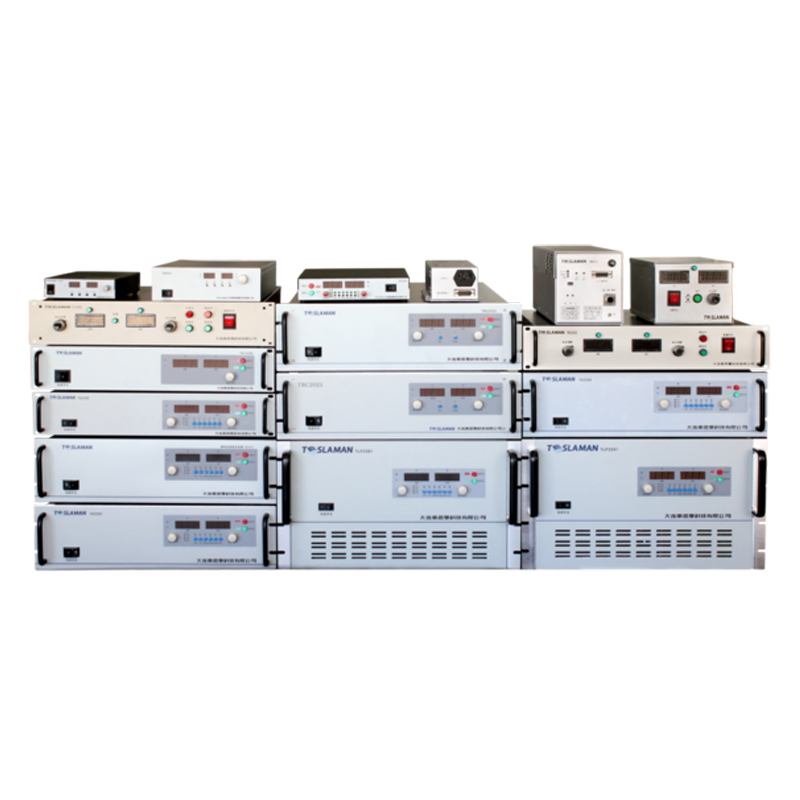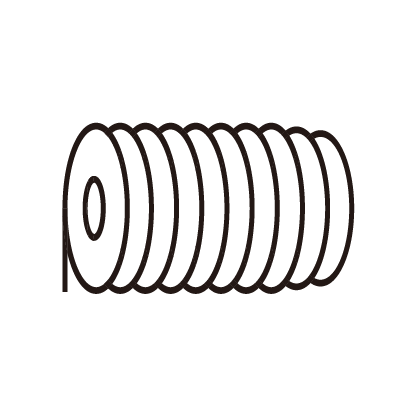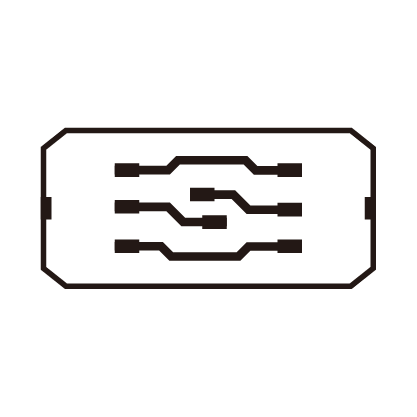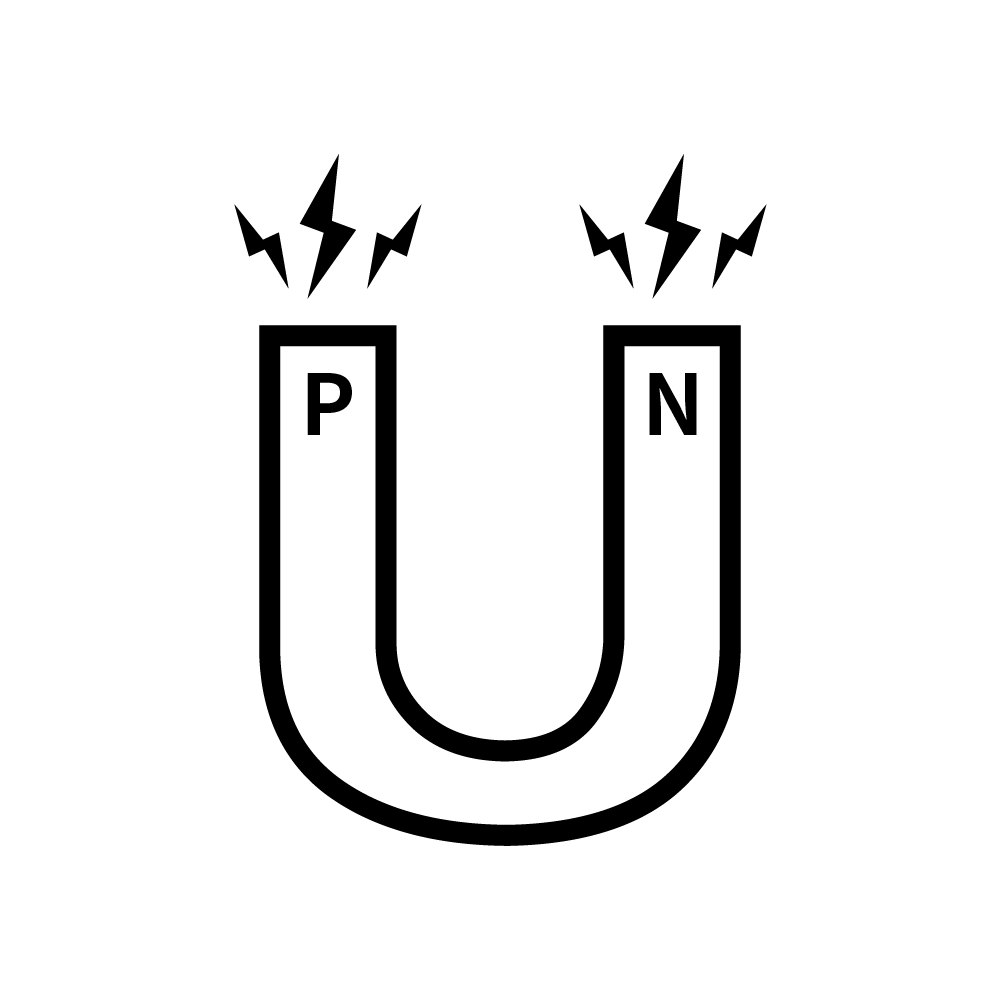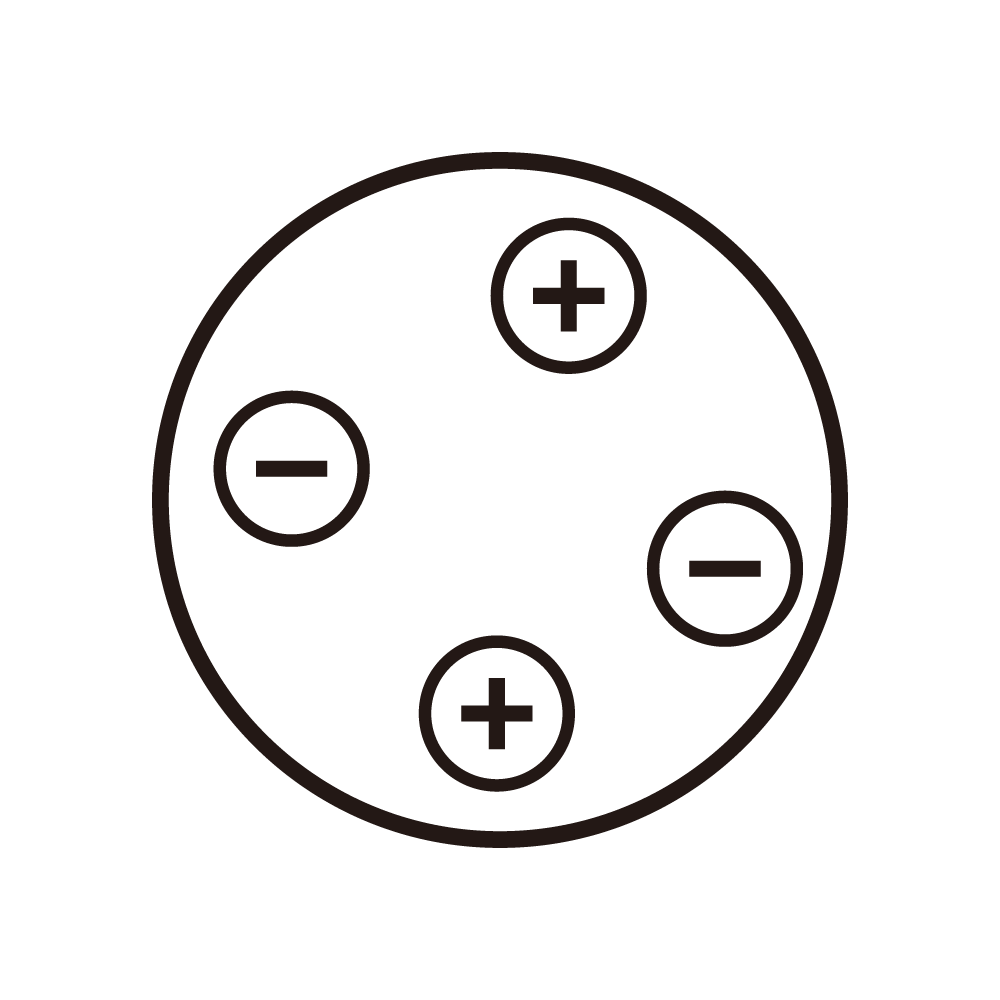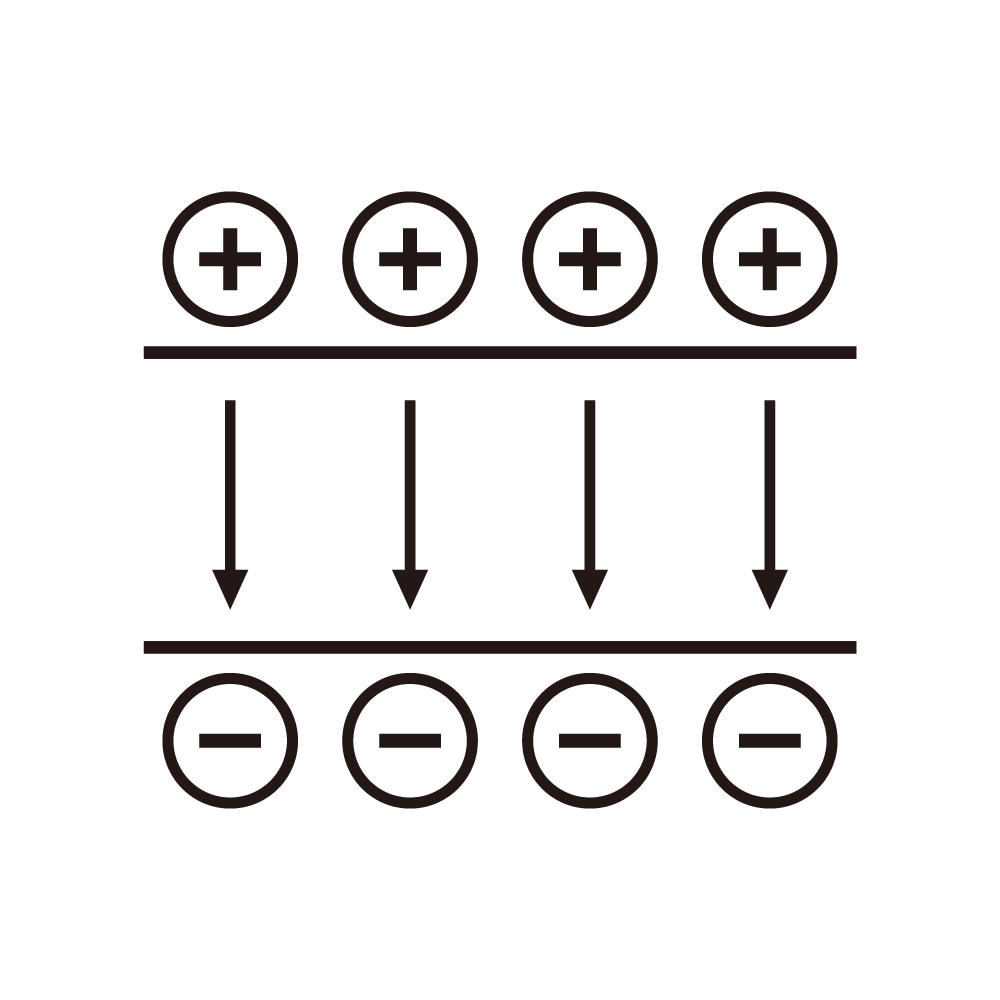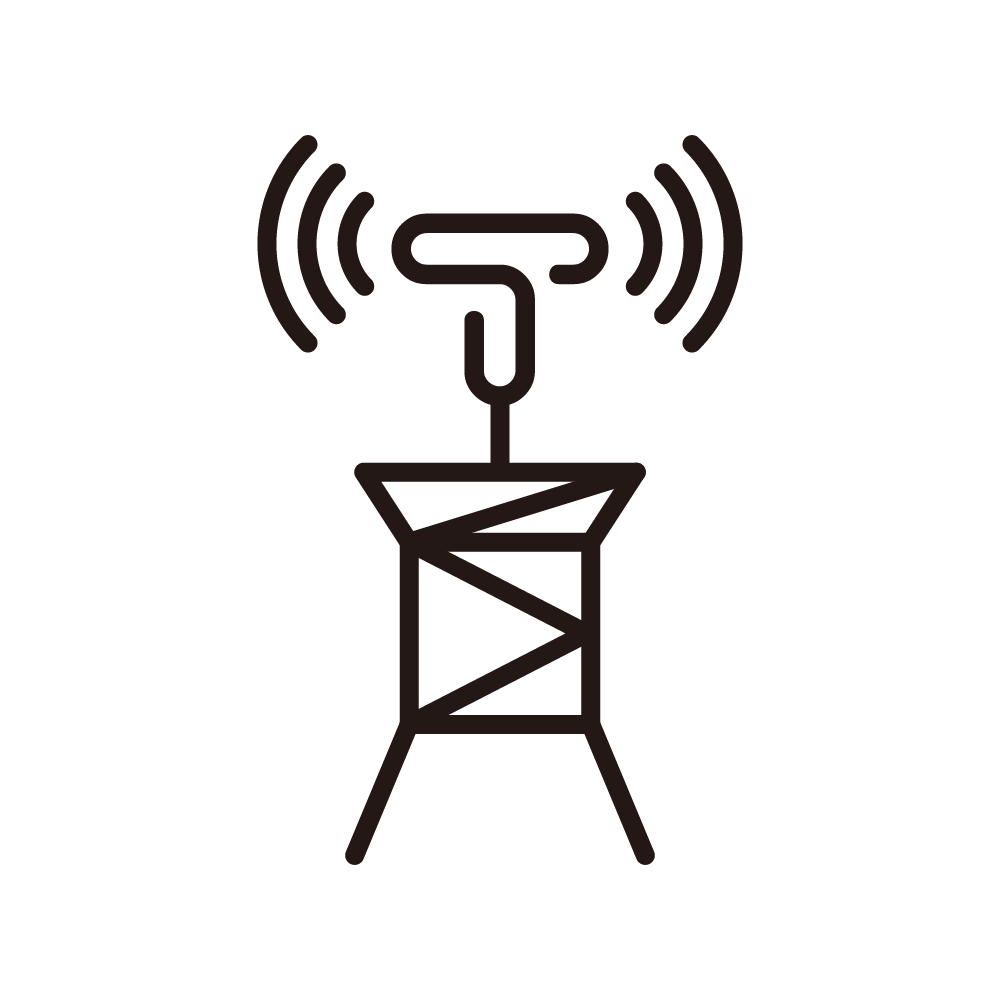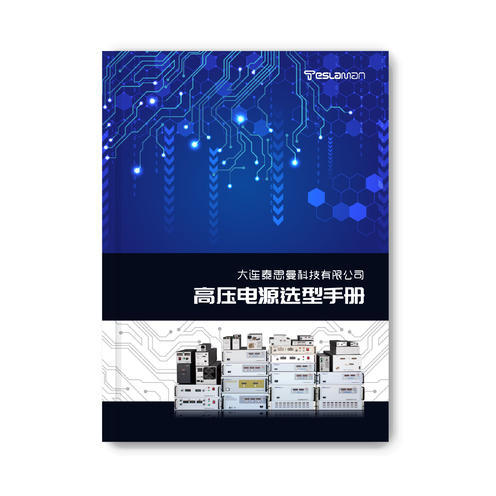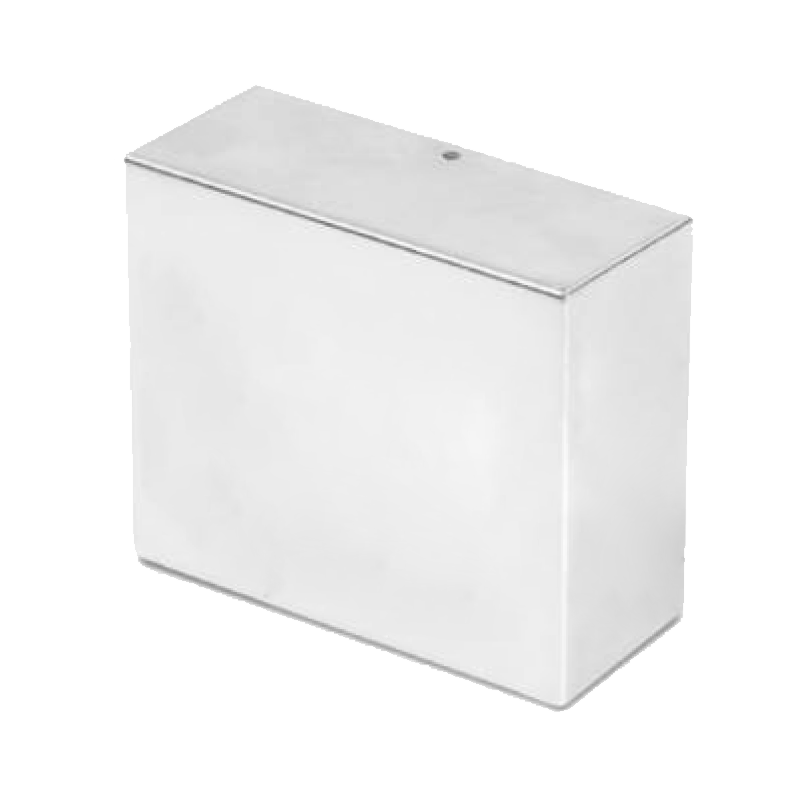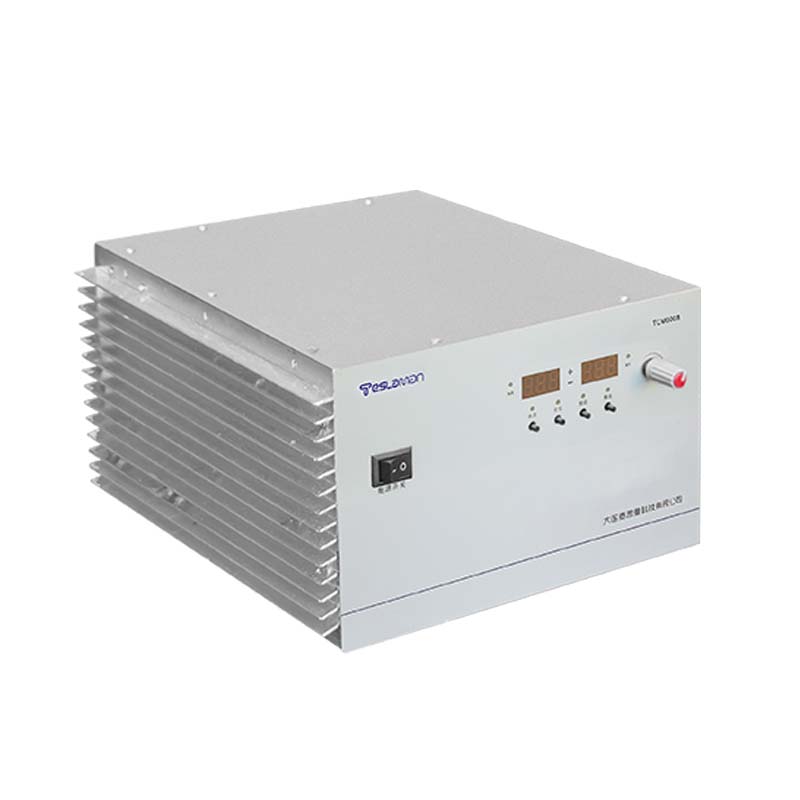Automatic Dust Cleaning Technology for Electrodes in High-Frequency High-Voltage Power Supplies for Electrostatic Precipitation Introduction
High-frequency high-voltage power supplies are widely used in electrostatic precipitation (ESP) systems for removing dust from industrial flue gas. During operation, dust accumulates on the ESP electrodes, reducing the electric field strength between the electrodes, lowering dust collection efficiency, and even causing the power supply to overload. Traditional cleaning methods (e.g., manual cleaning, mechanical rapping) have drawbacks such as high labor costs, electrode damage, and incomplete cleaning. Developing automatic dust cleaning technology is essential for improving the performance and reliability of ESP systems.
Technology Development
Ultrasonic automatic cleaning is a key innovation. Ultrasonic transducers are installed on the ESP electrodes (both discharge and collection electrodes). The transducers generate high-frequency vibrations (20–40kHz) that propagate through the electrodes. These vibrations create micro-cavitation in the dust layer, breaking the adhesion between dust particles and the electrode surface. The technology has several advantages: no mechanical contact with the electrodes (avoiding damage), uniform cleaning (covering the entire electrode surface), and low energy consumption (power of each transducer ≤50W). The cleaning frequency is adjustable—based on the dust concentration in the flue gas (measured by laser dust sensors)—to avoid unnecessary energy waste.
Electrostatic-assisted cleaning enhances cleaning efficiency. By adjusting the output voltage waveform of the high-frequency high-voltage power supply, a periodic "voltage pulse" is generated. The pulse voltage temporarily increases the electric field strength between the electrodes, creating an electrostatic force that pushes the dust particles away from the electrode surface. The pulse parameters (amplitude, duration, interval) are optimized based on the dust properties (e.g., particle size, resistivity). For example, for high-resistivity dust (≥10¹⁰Ω·cm), a pulse amplitude of 1.2 times the normal operating voltage and an interval of 10 seconds are used to ensure effective dust removal.
Intelligent control systems optimize the cleaning process. The system integrates data from multiple sensors: laser dust sensors (measuring dust concentration in the flue gas), voltage/current sensors (monitoring the electric field strength between electrodes), and temperature/humidity sensors (compensating for environmental factors). A machine learning algorithm analyzes these data to determine the optimal cleaning strategy—if the dust concentration exceeds 50mg/m³ or the electric field strength decreases by 15%, the system automatically starts the ultrasonic and electrostatic cleaning processes. After cleaning, the system monitors the recovery of the electric field strength to ensure cleaning effectiveness.
Application Performance
In a coal-fired power plant’s ESP system, the automatic dust cleaning technology increased the dust collection efficiency from 85% to 95%. The electrode maintenance cycle was extended from 3 months to 12 months, reducing maintenance costs by 60%. The high-frequency high-voltage power supply’s overload rate was reduced from 12% to 1.5%, significantly improving the system’s reliability. Additionally, the technology reduced the energy consumption of the ESP system by 15% compared to mechanical rapping cleaning.
